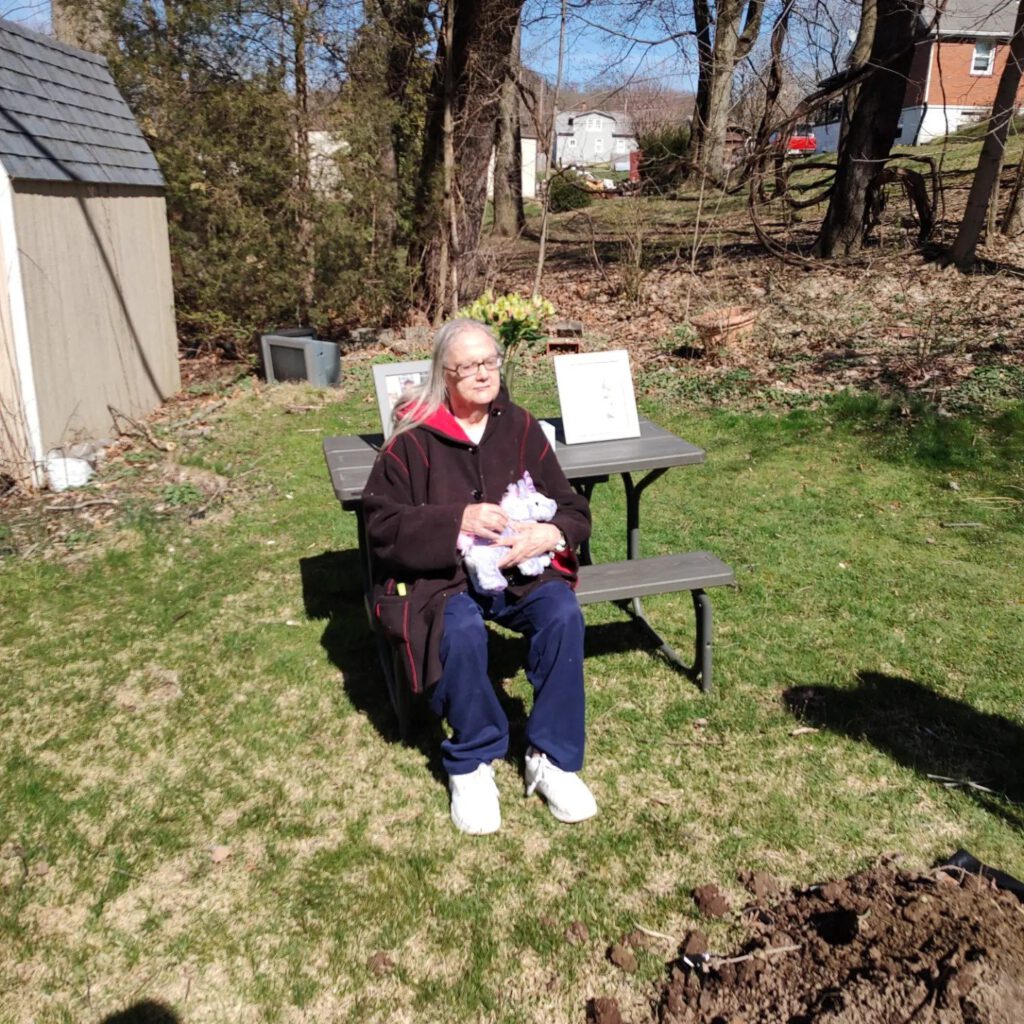Imagine for a moment that you went to the gym, and everyone there was really fit. Muscular and tone. You look around for cameras because you think you might be at a photo shoot. How would that make you feel? You might be excited because you are in the right place to improve. Or you might be like me and worry about fitting in, worry about annoying folks, worry that your goal of being a little bit healthier is too small.
That’s how YouTube is for me. I look at Guy in a Cube, and SQLBI, and Curbal; and I feel inferior. I think I’ll never charge those rates, I’ll never have that many subscribers, I’ll never reach that pinnacle. It’s demoralizing. It’s also utter horsecrap. I’m pretty sure they all see me as a peer.
Imagine again that in that gym you go to talk to one of the instructors and they say “If you want to become an Olympic level athlete, you will have to train for YEARS. If you want to be the best of the best you need 10,000 hours of dedicated practice. You may have to spend 20, 40, or 60 hours per week training to reach that level!”
Would you feel pumped up? Would you feel inspired? Would you feel excited?
Personally, I would leave that gym. And I would never come back, because it wasn’t a place where I belonged.
The problem with hustle culture
Hustle culture, like most cultures, has some admirable values. Grit, determination, and self-reliance are positive virtues. But taken to an extreme, it places all on the onus on the individual to “work” their way through any problem. In the past, I’ve hurt myself and others because of this mindset.
I worked at my last job far longer than I should have, because I thought if I just worked harder and more hours, I could fix it all. I thought I just needed to get better, faster, smarter. In reality, the kindest things I did for everyone was quit my job.
I’m painfully German, so the way I show love is through acts of service, not kind words, not quality time. My German grandpa showed me love by having me pour concrete. I’m not sure if he ever said “I love you”. And in my marriage, I thought I was only of value if I was “doing” things. I didn’t value just being present, and that led to some bumps the first few years of our marriage. I always thought I had to be “doing” something to earn my place.
Hustle culture places all of the responsibility on the individual. It ignores the role of community and society. It blames the individual for all of their problems. We as a community can do more than that. We can take on each other’s challenges.
Welcoming everyone
I hope you will forgive the religious reference that follows, but I believe that if you take the Christian faith seriously, truly seriously, then you have to believe that every single person is important. Every single person is made in the image of God and deserving of respect. Regardless of how many hours they work or their career aspirations.
It’s good to inspire greatness, but it’s better to remind people that they are already great.
And if you continue to take that faith seriously, then you have to be willing to meet people wherever they are, in whatever circumstances they are in, and be present. Be present and witness their suffering. See the single parent that is trying to manage parenting and a job at the same time. See the woman whom everyone assumes that she works in marketing or HR, and see her struggles and anger. See the person with depression or anxiety that struggles to get out of bed, much less make it through the work day.
To welcome everyone, we have to see everyone. And to see everyone, we have to tolerate their pain and suffering, and bear part of it ourselves.
Taking care of yourself
People making proclamations about what you should do or must do, they don’t know your life circumstances. They physically can’t. You know your limits and you should respect them. And even that inner voice in my head that compares myself to people on YouTube often forgets the full picture.
I spent last Sunday bringing my mom over to my house so we could bury her dog. It was sad, and it was human, and it was the best way I could have spent that Sunday. Better than anything work could provide.

In 2022, I worked too much and got myself burnt out. This year, I want to work less, take better care of myself, and stop comparing myself to subscriber counts on YouTube.


